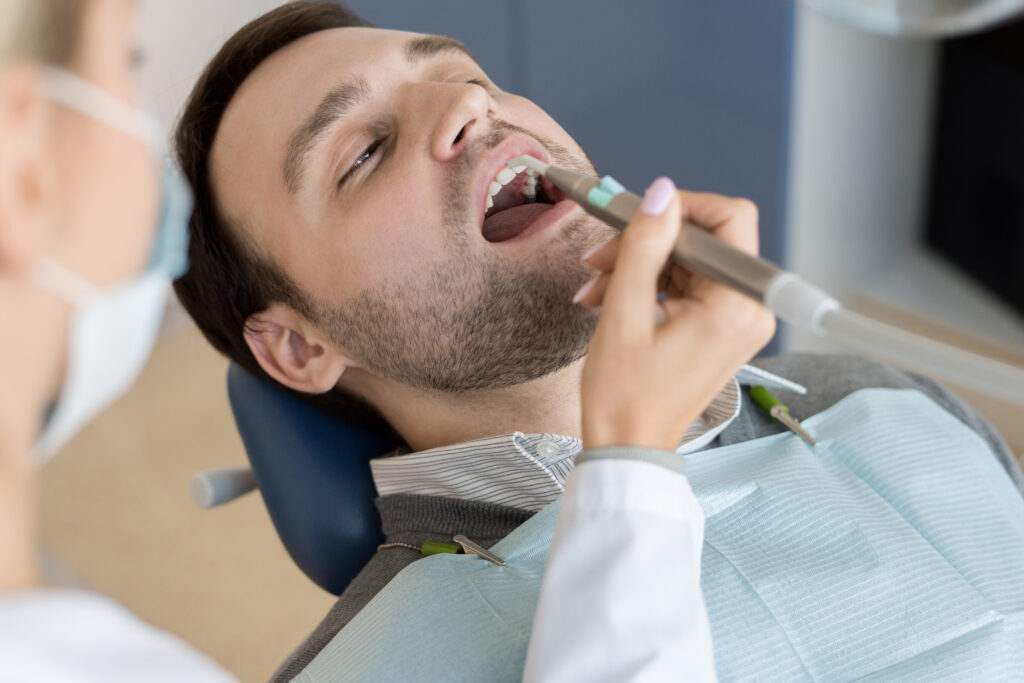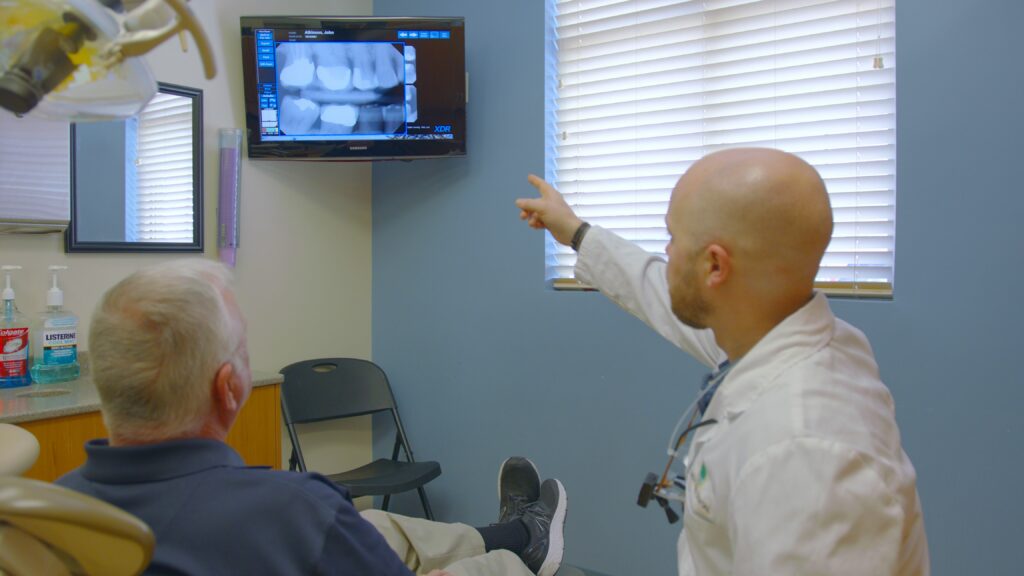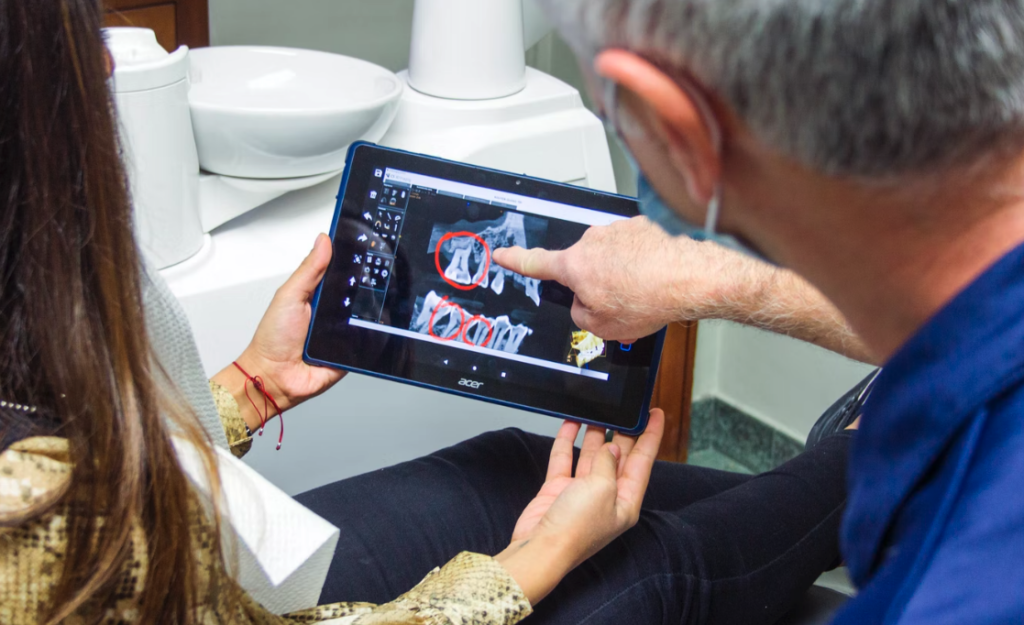The frequency with which you should change your toothbrush is a commonly asked question in the realm of dental hygiene. Dentists recommend replacing your toothbrush every three to four months. Over time, the bristles on a toothbrush tend to fray and wear down, diminishing their ability to effectively clean your teeth and gums. The American Dental Association (ADA) supports this guideline, as do many dental professionals worldwide. This timeframe is a general rule of thumb, but there are exceptions. If you’ve been sick with a contagious illness like the flu or a cold, it’s a good idea to replace your toothbrush as soon as you’re no longer contagious to avoid reinfection.
In some cases, you may need to replace your toothbrush even sooner. If the bristles of your toothbrush show signs of wear, such as bending or fraying, it’s a clear indication that it’s no longer as effective at cleaning your teeth. Additionally, if you’ve had dental work done, such as oral surgery or a deep cleaning, your dentist may recommend changing your toothbrush to prevent any risk of infection or complications during the healing process. Ultimately, by following these guidelines and being mindful of the condition of your toothbrush, you can ensure that your oral hygiene remains effective and your teeth stay healthy.
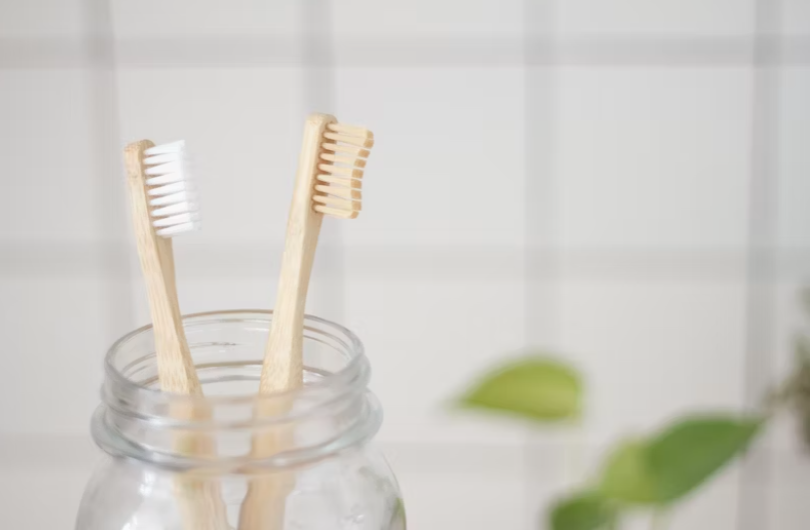
How Do You Know When To Change Your Toothbrush?
Knowing when to change your toothbrush can be quite straightforward. One obvious sign is when the bristles on your toothbrush become frayed, bent, or splayed. When this happens, the brush loses its effectiveness in removing plaque and food particles from your teeth and gums. If you notice the bristles starting to look frayed, it’s a clear indication that it’s time for a replacement. Another indicator is the passage of time – if you’ve been using the same toothbrush for several months and can’t remember when you bought it, it’s a good practice to replace it. Some toothbrushes also come with color-changing bristles that fade over time, indicating when it’s time for a replacement. Listening to your dentist’s advice during your regular check-ups can also guide you on when to make the change.
However, it’s not just about the appearance of your toothbrush. Even if the bristles still look fine, you may need to replace your toothbrush if you’ve been sick. Bacteria and germs can linger on the bristles, and using the same toothbrush after an illness can potentially reintroduce these pathogens into your mouth. It’s best to err on the side of caution and get a fresh toothbrush after being ill. Regularly inspecting your toothbrush and keeping an eye out for signs of wear or following the recommended timeframes is an effective way to ensure your oral care routine remains optimal.
What Happens If You Don’t Change Your Toothbrush Often?
Neglecting to change your toothbrush as recommended can have negative consequences for your oral health. When the bristles of your toothbrush are frayed or worn, they are less effective at removing plaque and bacteria from your teeth. This can lead to an increased risk of cavities, gum disease, and bad breath. Additionally, an old toothbrush may harbor harmful bacteria, and using it could reintroduce these germs into your mouth, potentially causing infections or oral health issues. Prolonged use of a worn toothbrush can also lead to more abrasive brushing, which may damage your tooth enamel and gums.
Moreover, keeping the same toothbrush for an extended period may also contribute to diminished oral hygiene habits. When you know it’s time to change your toothbrush, it serves as a helpful reminder to pay attention to your dental care routine. As you replace your toothbrush, you may also become more mindful of other aspects of oral health, like flossing, using mouthwash, or visiting your dentist regularly. So, beyond the physical condition of the bristles, the act of changing your toothbrush can be a positive catalyst for maintaining an oral care regimen.
Should You Try To Disinfect Your Toothbrush Or Just Get Another One?
Disinfecting your toothbrush is an option, but it’s generally not as effective as replacing it. While you can rinse your toothbrush thoroughly with hot water after each use and soak it in an antibacterial mouthwash, it’s not guaranteed to eliminate all the bacteria and germs on the brush. Boiling your toothbrush or putting it in the dishwasher is also an option, but this may damage the bristles and the overall structure of the toothbrush. Ultimately, the most effective approach is to replace your toothbrush every three to four months and after illness. This ensures you consistently have a clean, functional tool for maintaining good oral hygiene.
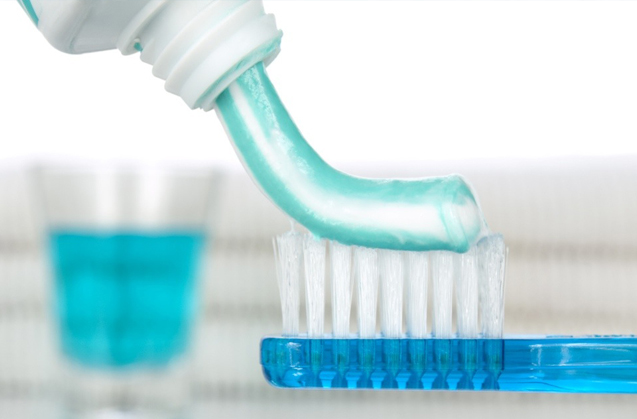
When it comes to disinfecting, it’s important to note that some germs and bacteria can be quite tenacious. Even if you go through the process of disinfection, it’s still possible that some microorganisms will remain on the brush. Given that toothbrushes are relatively inexpensive and easily accessible, it’s a small investment to make for your oral health. By replacing your toothbrush regularly, you can have peace of mind, knowing that you’re using a clean and effective tool for maintaining good dental hygiene.
Conclusion
Maintaining proper oral hygiene is crucial for overall health, and one key aspect is knowing when to change your toothbrush. Regularly replacing your toothbrush, every three to four months, is the best practice to ensure it remains effective and free from harmful bacteria. Neglecting to change your toothbrush can lead to dental issues and potential health concerns. While disinfecting your toothbrush is possible, it’s not as reliable as replacement. By adhering to the recommended guidelines for toothbrush replacement and practicing good oral hygiene, you can maintain a healthy and confident smile for years to come. Remember, a simple toothbrush change is a small step with big benefits for your dental health.



